Putting Kwikset vs Schlage head-to-head can be a challenging competition. Both brands are reputable in the lock industry and have been competing for years, recently expanding their rivalry into the smart lock niche as well. When comparing Schlage vs. Kwikset, there are many factors such as build quality, security features, smart lock features and cost to consider. That’s what we’re doing in this article to help you settle on the brand that suits you best.
Which is Better, Kwikset or Schlage? Kwikset vs Schlage (Quick Answer)
While Kwikset and Schlage have both proven to be reliable, Schlage wins the race when it comes to security features, durability, and advanced capabilities, making it the go-to choice for people who want high-end protection. However, Kwikset is a better option in terms of affordability and user-friendly experience, thanks to its SmartKey technology, which makes it attractive for people who want a reliable lock without breaking the bank. In the table below, you can compare both brands at a glance:
| Feature | Kwikset | Schlage | Winner |
| Price | Generally more affordable, around $14 for a standard brass deadbolt | Moderately priced, around $30 for a standard brass deadbolt | Kwikset (for affordability) |
| Lock Housing | Lighter, somewhat hollow, easier to drill through | Thicker, more durable, resists drilling and prying | Schlage |
| Bolt Size and Strength | Smaller, less sturdy | Larger, more robust, fits snugly into door frame | Schlage |
| Drill Resistant Plate | Lacks drill resistant plate | Includes drill resistant plate, making it harder to drill | Schlage |
| Deadbolt Screws | Shorter, thinner screws | Longer, thicker screws, provide robust protection | Schlage |
| Cylinder Tolerance | Higher tolerance, easier to manipulate | Lower tolerance, harder to pick | Schlage |
| Security Pins | Uses 2 security pins | Uses 4 security pins, increasing resistance to picking | Schlage |
| Smart Home Compatibility | Reliable features, narrower selection | Extensive range of smart lock options, integrates well with smart home platforms | Schlage |
| Ease of Re-keying | Easy re-keying with SmartKey technology | Can be re-keyed, but often requires professional assistance | Kwikset |
| Durability and Longevity | Reliable but may require more maintenance | Known for exceptional durability and longevity | Schlage |
| Customer Support | Generally good, but some complaints about product longevity | Excellent responsiveness and troubleshooting | Schlage |
| Installation | Straightforward DIY installation | Easy to install but some models may require professional help | Kwikset (for ease of DIY) |
| Forced Entry Resistance | More susceptible to forced entry methods due to lighter materials and lack of drill resistant plates | Superior resistance with robust construction and tamper-resistant technologies | Schlage |
| Non-Forced Entry Resistance | Improved resistance with SmartKey technology, but generally easier to pick | Lower cylinder tolerance and more security pins make it harder to pick | Schlage |
Schlage vs Kwikset: Company Background
History and Reputation of Schlage
This company was founded by Walter Schlage in 1920. With over a century of experience, Schlage consistently receives praise for its innovation and quality in the lock industry. Whether it’s a regular lock or a smart lock, they provide robust quality to make your home secure.
Also Read:
History and Reputation of Kwikset
Kwikset was found in 1946, and from the start, proved to be a major player in the lock industry. They manufacture reliable, affordable locks that are famous for their user-friendly experience. One of the latest technologies that has made this reputation for Kwikset is their SmartKey technology which makes re-keying a breeze.

Schlage vs Kwikset: Security Comparison
1. Forced Entry vs. Non-Forced Entry
When it comes to the security of locks, I always check their resistance to both forced and non-forced entry. Forced entry, as the name suggests, is when a burglar tries to enter your home by violent methods like drilling or prying open the lock. It’s important that your home’s guardian has the highest resistance against such measures. In my experience, Schlage locks have an edge here. Schlage locks come with hardened steel bolts and tamper-resistant technologies, which provide great construction and won’t easily let intruders inside.
On the other hand, while Kwikset locks are also reliable, they are more prone to forced entry because they come with lighter housing and bolt materials.
Non-forced entry involves techniques such as lock picking or bumping. Non-forced entry is a whole different story, my friends. These techniques require a different set of features for protection.
Schlage comes with lower cylinder tolerance and extra security pins, making it super hard to pick. As far as I’ve tried, they’re unbreakable. Kwikset’s approach to non-forced entry is its SmartKey technology, which is respectfully hard to pick—a nice touch.
Schlage’s tight cylinder tolerances and additional security pins render it exceptionally pick-resistant. Kwikset employs SmartKey technology, which is also highly resistant to picking
Can SmartKey Locks be Picked?
From my experience, I can tell that SmartKey devices are harder to pick compared to traditional pin-and-tumbler locks because of their unique mechanism. However, with the right tools and knowledge, a skilled intruder might still find a way to pick a SmartKey, although it takes more effort and expertise compared to traditional locks. Overall, they have good security, but they aren’t completely pick-proof.
2. Lock Housing
Lock housing is the part that surrounds the cylinder. A reliable lock housing must be resistant to tampering attempts. I believe Schlage is a clear winner here because they make their lock housing thicker and more durable, making it more resistant to drilling and prying. Kwikset’s lock housing material is thinner and somewhat hollow, so it’s more likely to be compromised.
3. Bolt Size and Strength
To ensure robust security, a strong bolt is vital. I find Schlage bolts to be larger and more reliable; they fit snugly into the door frame and minimize movement, making them more resistant to kicks and prying attempts. Kwikset’s bolts are smaller and less sturdy, which I find to be a vulnerability.
4. Drill Resistant Plate
A drill-resistant plate is a must for a reliable lock. The lack of this element makes your home’s first line of defence prone to drilling. While Schlage includes this feature in their devices, Kwikset locks don’t have it. So, that is a big negative point for Kwikset in my opinion.
5. Deadbolt Screws
If you’re as conscious about your security as I am, you don’t consider deadbolt screws a luxury—they’re actually vital. Schlage uses longer and thicker screws compared to Kwikset, which helps anchor the lock securely and protect it against forced entry. So, there’s another point for Schlage.
6. Cylinder Tolerance
Cylinder tolerance refers to the range of movement allowed by the lock cylinder as the lock engages. The greater the cylinder tolerance, the higher the risk of key duplication. Schlage’s devices are engineered with tight cylinder tolerance and are more reliable than Kwikset’s, which have higher cylinder tolerance.
7. Security Pins
To increase resistance against picking, manufacturers use specialized pins within the lock cylinder. Schlage incorporates four security pins, while Kwikset uses two. This typically means that Schlage locks are more challenging to pick.
Now, to continue our Kwikset vs Schlage comparison, let’s take a look at both brands’ efforts in the smart lock industry
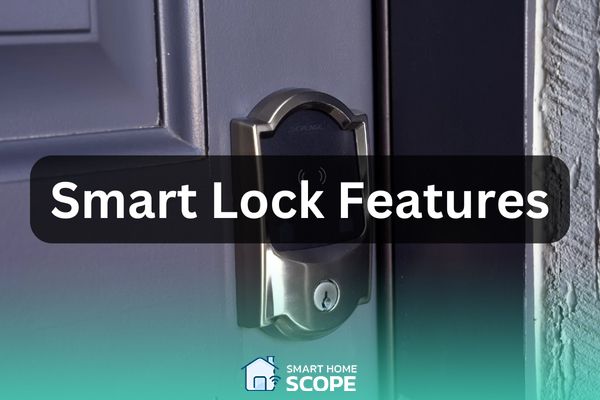
Kwikset vs Schlage: Smart Lock Features
Smart Home Compatibility
Schlage has emerged as an impressive brand in smart lock production. Their Schlage Encode and Schlage Connect models are feature-rich and compatible with smart home ecosystems such as Amazon Alexa and Google Home. Schlage Sense is also compatible with these two, along with Apple HomeKit. I’ve thoroughly reviewed and compared Schlage Encode vs Encode Plus if you’re interested in Schlage smart locks.
Having a Schlage smart lock enables you to control your device remotely through the app or voice commands, set up automation, and receive security alerts. Several Schlage locks are strong contenders for a spot on the best smart locks list.
Kwikset provides users with a range of smart locks as well, like Kwikset Halo and Premis. While Schlage offers options like Schlage Sense that are compatible with all three major ecosystems simultaneously, Kwikset doesn’t provide such an option, which can be a drawback (although it’s not a deal-breaker!). The SmartKey feature makes the re-keying process a breeze for users, and that is important for those who value a user-friendly experience. However, for smart home integration overall, Schlage takes the lead in my experience.
Kwikset’s smart locks, such as Halo and Premis, lack the cross-ecosystem compatibility of Schlage Sense, which seamlessly integrates with all three major platforms, presenting a notable limitation
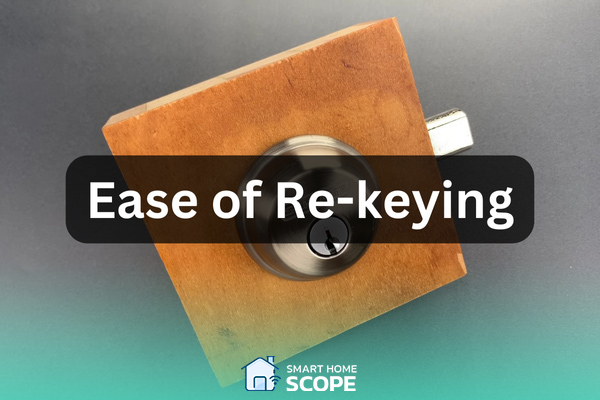
Ease of Re-keying
Re-keying a lock can be frustrating sometimes, but it’s important to re-key your device occasionally to ensure security.
Can I Re-Key a Schlage Lock?
Yes, re-keying a Schlage lock is possible. However, it is not always as straightforward as you might hope, and you may need a locksmith to do the job for you. I’ve done it a few times myself, but it’s not as easy as I’d like.
Can I Re-key a Kwikset Lock?
In contrast, the SmartKey technology on Kwikset locks makes the re-keying process easy and fast. All you need is a SmartKey tool to do the job in just a few minutes. Users can easily re-key the device after a security concern arises, and it’s totally DIY-friendly.
How many times can you re-key with SmartKey?
As many times as you need! Using a SmartKey tool, you can re-key the lock indefinitely without any degradation in performance. Whether it’s for security concerns, key loss, or simply wanting to update your access control, you can always re-key your device yourself in minutes.
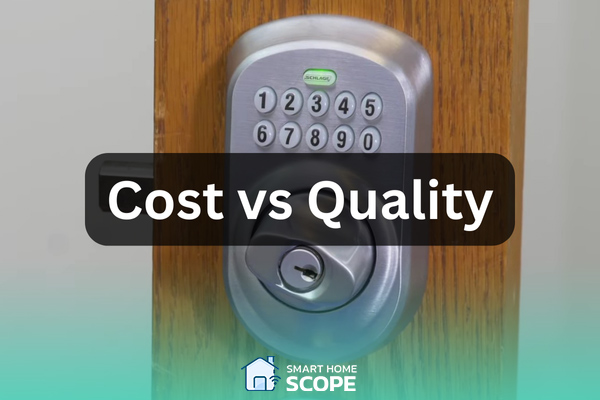
Schlage or Kwikset: Cost vs Quality
Are Schlage Locks More Expensive than Kwikset Locks? (Price Comparison)
Yes, generally Schlage locks are more expensive than Kwikset locks, but the price difference is justified when we compare their security features, build quality, and technology. For instance, a standard Schlage brass deadbolt is around $30, while a comparable Kwikset lock is around $14. The difference may seem significant, but in my experience, this added cost totally makes sense.
Value for Money
Evaluating value for money is important when comparing Schlage and Kwikset. You must consider what you’re getting for the money you pay. With Schlage locks, you get more robust security features such as thicker lock housing, longer and more solid bolts, drill-resistant plates, and more security pins. So, as I said, the price is justified.
Kwikset doesn’t fall short in terms of value for money. While they lack the security features Schlage offers, they are still more affordable and come with the nice and easy SmartKey feature, which simplifies re-keying. They still provide acceptable security for residential buildings.
From my perspective, investing in a Schlage lock makes more sense when comparing the security features both brands offer. They are a better companion in the long run and can provide peace of mind. However, if you prefer to be cost-effective, then Kwikset is the choice.
Conclusion
We can conclude that Schlage locks provide better security, durability, and smart home integration, while Kwikset locks are better in terms of affordability and user experience. My personal suggestion is Schlage, but the final choice remains yours.
FAQs
Are Kwikset and Schlage the Same Company?
No, these are two separate companies with their own set of products and security features.
Are Schlage and Kwikset Keys Compatible?
No, they aren’t compatible because of different keyway designs.
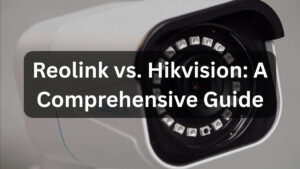



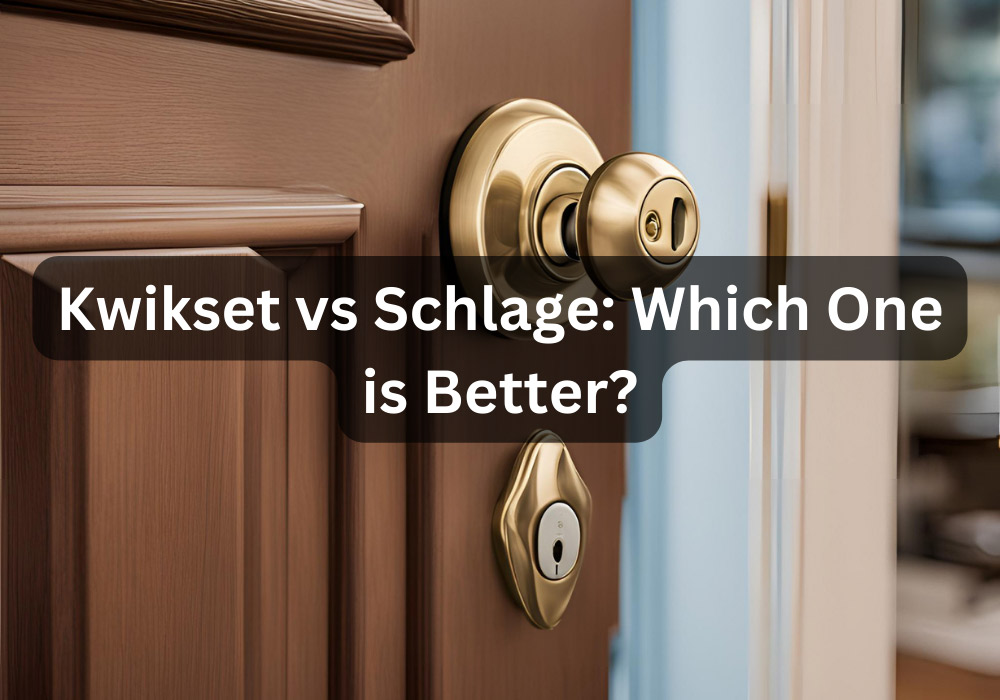
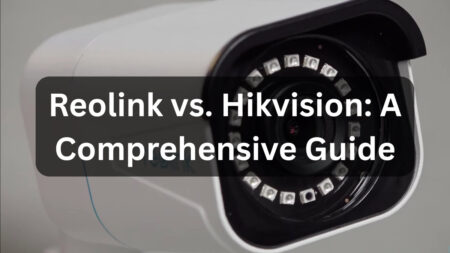
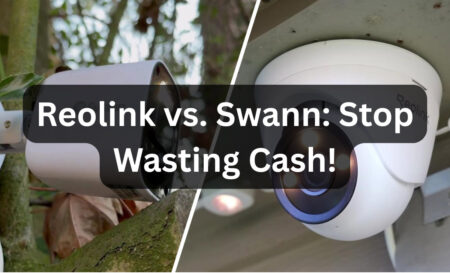
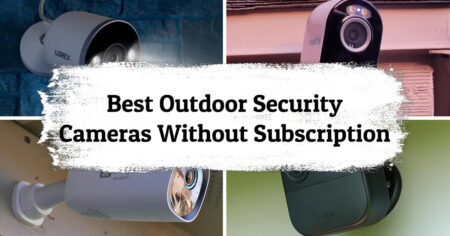
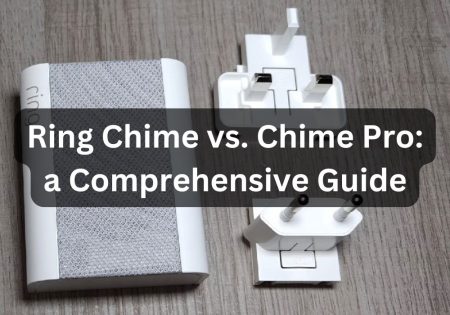
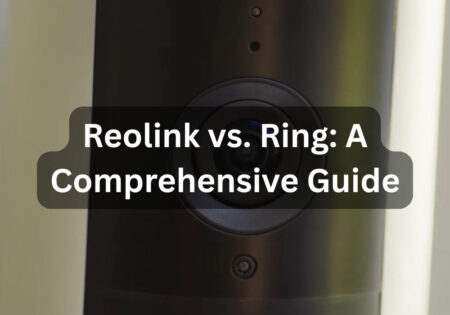

2 Comments
Jeff Morris, Homeowner
8-6-24
After 20 years, my exterior Kwikset deadbolts and latches were weathered and needed replacing. I bought a Schlage F Series deadlatch and B Series deadbolts , much to my disappointment. Here’s what I found:
While Schlage gets great reviews, I found that the internal mechanisms were inferior. Here are examples:
• A metal piece in the cylinder of the F Series deadlatch is prone to breakage. The problem is easily found online. When that happens, the key gets stuck in the lock. That metal piece broke when I was installing the cylinder. The whole thing came apart, and I had to get another one.
• The rectangular rod that goes into a rectangular slot to activate the latch should be machined its entire length. Currently, only part of the rod is machined to fit the slot, and if the rod isn’t inserted all the way into the slot, the mechanism won’t work. This can be frustrating when you’re installing the latch
• In the B series deadbolt cylinder, the rectangular rod that actuates the lock inserts into a rectangular slot in a small plastic part. That’s right, plastic. The corresponding Kwikset mechanism is all metal. Much more durable.
• The aforementioned plastic part falls out of the cylinder if the rod is not inserted into the slot—for example, when you open the package and pick up the cylinder, or when it’s being installed. There are no instructions indicating how to put it back into position.
• Installation instructions are incomplete and worthless. And Schlage does not seem to offer a useful online tutorial, at least not one that can easily be found by navigating Schlage‘s websites. Parts diagrams don’t name all parts. That can make it difficult to explain a problem or to reorder parts.
• The keys supplied with the deadbolts get stuck in the lock. That may be due to lack of machining precision. Or it may be due to dryness, or a combination of both. The problem may be solved by applying copious amounts of 3-in-1 oil or Lock-Ease before installation. But if it’s the result of a critical metal part in the F Series latch cylinder breaking, which frequently happens according to websites on the subject, all the oil in the Middle East won’t solve the problem. So if a key gets stuck, is it the result of a locking or latching mechanism that broke or fell out of place, or is it simply lack of lubrication?
Schlage claims that its deadbolt and lever designs have been in place for decades. Why hasn’t the company done something to rectify the problems? Perhaps more funding should be allocated to improving the design, incorporating more durable parts, and providing useful installation instructions and tutorials rather than advertising and marketing.
It was a shame to throw away the Kwikset latch and deadbolts, which worked perfectly throughout the 20 years they were installed. But sun damage took its toll. The new Schlage hardware looks beautiful and works well, that is, after many frustrating hours of installation frustration and aggravation.
Hi Jeff, thank you for sharing your experience with us, I will definitely take it into account and edit the content of this article accordingly, it’s always hard to write comparisons between two popular brands, this Schlage vs Kwikset article isn’t an exception. Everybody has their unique experience. Can you send me links to websites you mentioned addressing the issue with the F series?